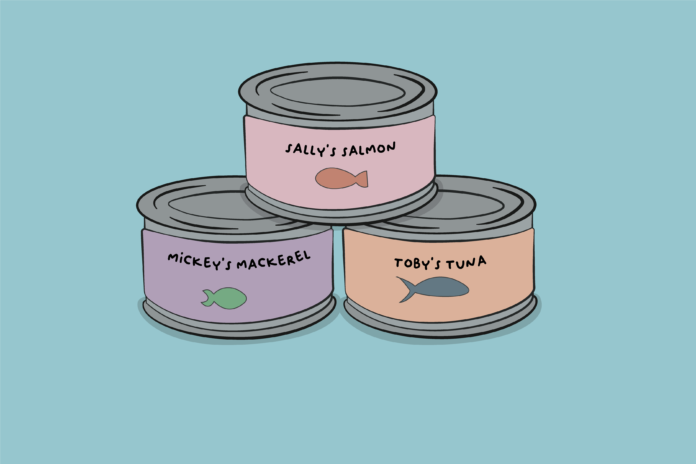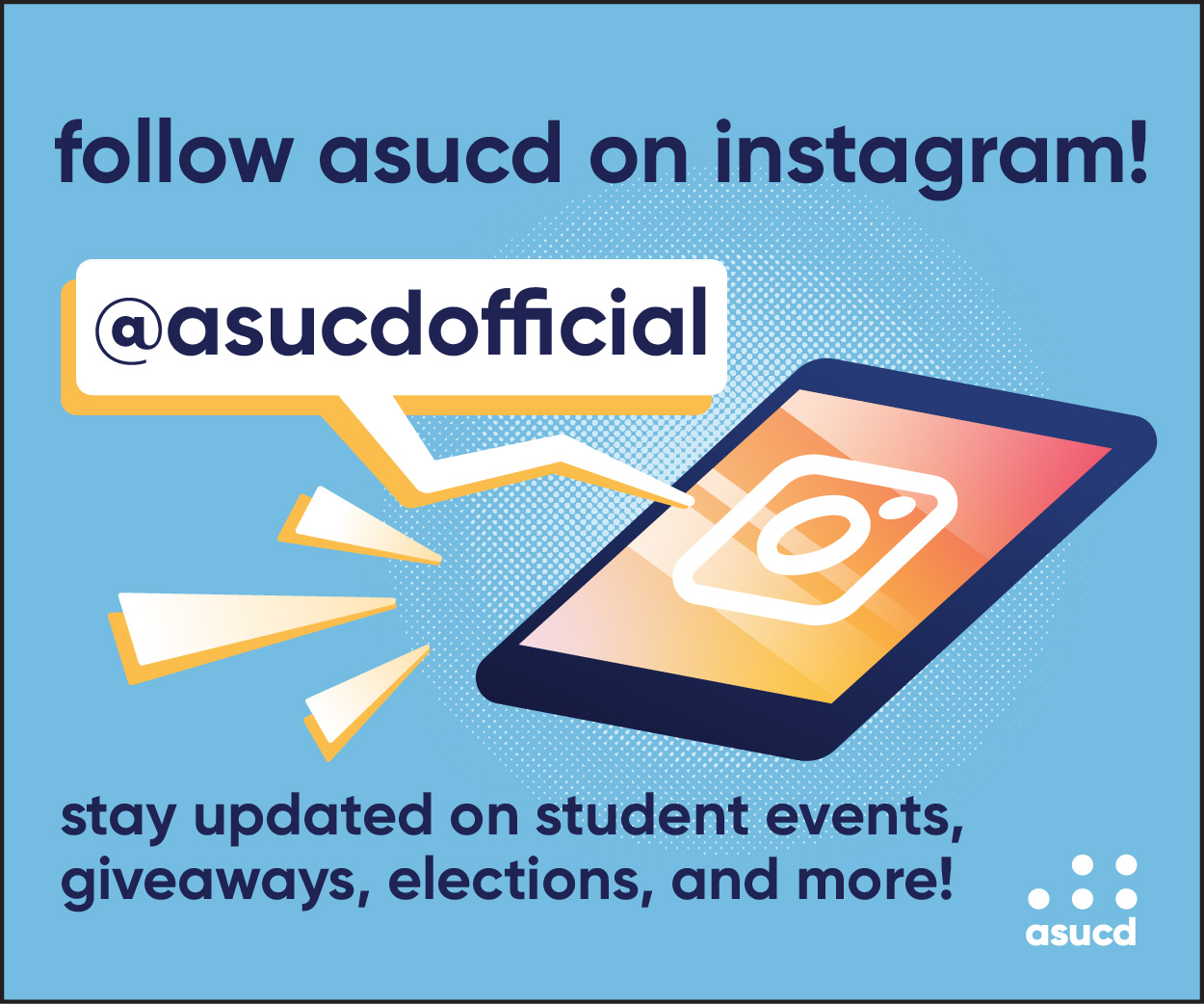Canned food is a vehicle for convenient, flavorful and nutritious meals
By NADIA ANEES — nsanees@ucdavis.edu
In my pantry one gloomy Monday evening, I had a can of tomato soup, two cans of chickpeas and some eggplant reaching the end of its shelf life. The weather was cold out and the new sunset time of 4:30 p.m. had me in a bit of a slump. I needed comfort, and my way of seeking comfort usually begins with food. I got creative and turned my store-brand canned tomato soup into a roasted garlicky tomato base for an eggplant chickpea stew.
I remember being in elementary school and donating canned foods to school to keep in bags in case our school ever entered some type of disaster. I don’t remember, thankfully, ever needing to open those bags of canned foods—they’d remain idle in the corner of the classroom forever. I grew up thinking of canned foods as something only for use in a pinch.
I generally feel that people tend to overlook the option of assembling meals out of canned or frozen goods. There is a common misconception that eating food from a can is less nutritious than the fresh version of it. For a good portion of my life, I believed that eating canned food or frozen packaged food was somehow less tasty and nutritious.
When COVID-19 caused global shutdowns, the cans of food collecting dust in the back of the dim pantry in my house were brought out for the first time. Out came chickpeas, green beans, crushed tomatoes, pumpkin puree, panko bread crumbs, tuna and old-fashioned oats. My household started incorporating canned vegetables into our meals, and slowly, I started to see canned foods in a new light.
Now, I base a lot of my meals around some canned item one way or another. I’ve stopped seeing canned tomato soup as just tomato soup—instead, I use it as a rich base for a comforting and hearty stew. A can of tuna is a tasty five-minute tuna melt on sourdough. Canned diced beets are a hearty fall harvest bowl with brown rice, greens and sweet potatoes. I’ve started to think of canned foods as convenient ways to make meals that would dazzle my taste buds and brighten my mood (and all on a budget).
For people pressed for time, or busy college students like me, canned and frozen food makes so much more sense to have on hand than fresh produce, which often goes bad in the fridge. Common misconceptions of canned food, however, can keep people from actually putting their canned goods to use. Some big fears surrounding canned food are that they’re less nutritious, contain unnecessary added sugars or salt and that they have too many harmful preservatives.
There is no significant difference between nutrient levels of raw products after canning, according to a study from the American Journal of Public Health. By a similar token, frozen food is picked at its most ripe and then sent to the factories to freeze and package. A two-year study found that frozen food can actually be more nutritionally dense than fresh produce because it is picked at peak ripeness, whereas fresh food is sometimes harvested a few days before full ripeness. This study found that there are similar rates of nutrients among fresh and frozen produce by comparing levels of L-ascorbic acid, trans-b-carotene and folate.
The Centers of Disease Control found that roughly 10% of U.S. adults eat the recommended daily amount of fruit and vegetables, and a previous study cited high cost and cooking time and lack of access contribute to this low number.
We can debunk the myth that canned food is nutritionally empty. Additionally, when looking through canned food options, reading the ingredient lists can help you make an informed decision on which canned food product is the least processed.
I’ll always be a proponent of frozen and canned food. It’s oftentimes more easily available than fresh food, it lasts longer and it’s a fun way to exercise creativity in the kitchen. UC Davis and the City of Davis offer a multitude of opportunities to attain free or inexpensive food, including free food fridges located across campus, the ASUCD pantry, the Aggie Meal Share Program, the Davis Community Meals Program and more. The Aggie Compass website is a great resource to get connected with food-related resources and events happening locally.
Written by: Nadia Anees — nsanees@ucdavis.edu
Disclaimer: The views and opinions expressed by individual columnists belong to the columnists alone and do not necessarily indicate the views and opinions held by The California Aggie.



